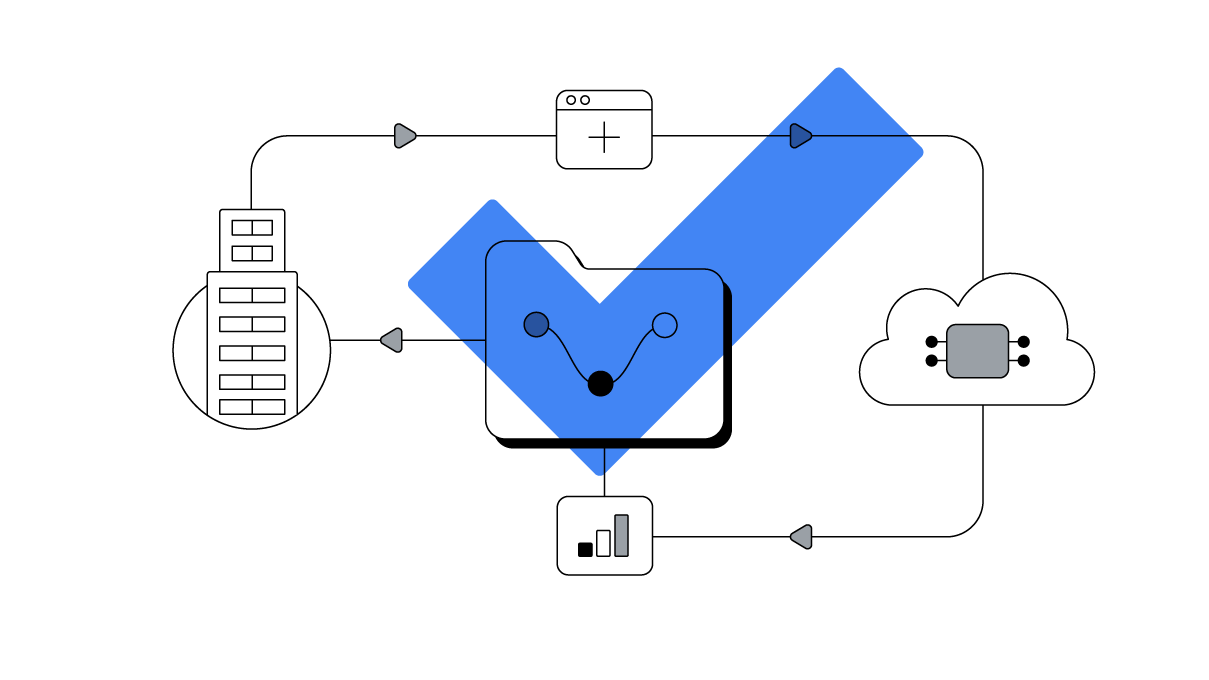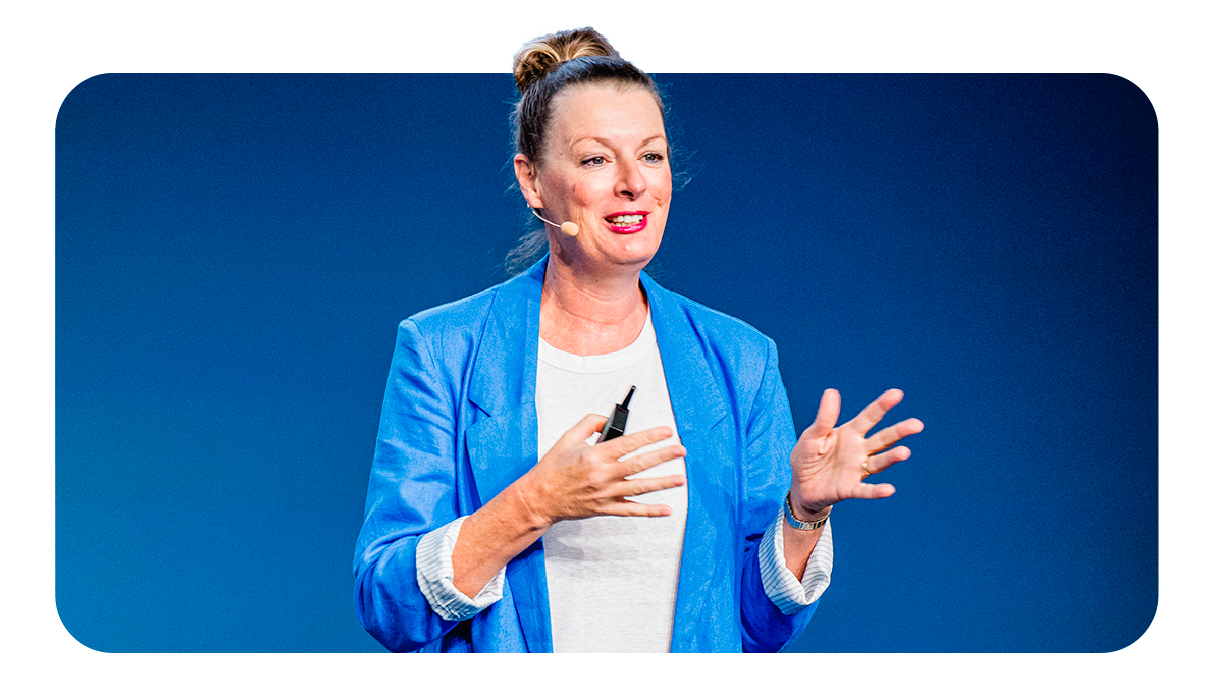Creative strategist and editor, Michele Laudig, and researcher and writer, Christine Yu, share their insights on the Advancing Women in Entrepreneurship report. Rifumo Mdaka, editor for the Sub-Saharan Africa (SSA) region, provides SSA-specific insights to illustrate Laudig and Yu's perspectives.
Despite efforts to improve gender equality in the workplace in Sub-Saharan Africa, progress toward gender parity continues to be uneven. At a time when uncertainty and challenges are affecting all of us, the entrepreneurial gender gap should be front and centre.
With plummeting economic activity, women are particularly vulnerable to layoffs and loss of livelihoods.
Even before the pandemic, women’s participation in the labour market was already 26% lower than that of men — and as of September 2020, women’s employment was projected to be 19% more at risk than their male counterparts.

While the onus to fix the wider problem sits firmly with governments and policymakers, there are actions businesses can take now to help bridge the gap and support women in the workforce.
To help better understand the factors behind the gap and to propose potential solutions, the Women Will initiative — a Google program supporting women’s economic potential through digital skills and community building — surveyed women in APAC, Latin America, and Sub-Saharan Africa on the drivers and barriers they face in entrepreneurship.
The result is Advancing Women in Entrepreneurship, a global report exploring women’s views on starting a business, the factors impacting their ability to launch a successful venture, and the skills they value for getting ahead.
Here, we explore some of our findings, along with thought-starters on how individuals and organisations can make a difference to push toward closing the gender gap.
1. Look to sponsor networking or training opportunities
In our survey, less than half of women said they had access to mentors or supportive social groups. But that doesn’t mean they’re not eager to learn. 80% of both current and aspiring entrepreneurs said they are interested in learning and improving their self-confidence, basic business skills, money management, digital, marketing, and social media experience.1

Cover business network membership and event fees for women. Subsidise the costs of technology and offer training on virtual tools as these types of events become primarily virtual due to COVID-19. Standard Chartered partnered with @iBizAfrica Centre, Strathmore University to launch the Standard Chartered Women in Technology Incubator Kenya. The incubator supports over 40 women-led small and medium enterprises with support in the form of mentors, coaching, seed financing, and networking opportunities.
Create or facilitate training courses or mentorship programs on small business financial literacy, self-confidence, and other skills such as marketing to help address the gender gaps in financial knowledge and confidence. For example, less than 15% of developers surveyed in 2020 in South Africa’s three major cities identify as female. To address this, Google hosted multiple women development sessions across Africa: from East to West Africa (Anglophone and Francophone), and Central to Southern Africa.
2. Support positive perceptions of women — especially caregivers — in the workforce
Societal perceptions of women based on existing gender biases significantly reduce their participation in the labour market and entrepreneurial ecosystem. Women are often viewed as the primary person responsible for household chores and childcare, and mothers who choose to pursue full-time work are perceived unfavourably in some countries.
Businesses should be deliberate in building out inclusive marketing strategies, and consider what internal and external-facing pledges or campaigns they can promote to help normalise the return of caregivers to the workforce and cultivate meaningful dialogue about gender equity.
For Safaricom, this meant adding crèche facilities with professional nurses, as well as breastfeeding rooms, and recovery rooms to its offices. This gives mothers the flexibility to return to work following paid maternity leave. Additionally, the company has said it will reach gender parity in senior leadership (employee ratio is already 50:50) by 2050.
3. Commit to gender diversity in your vendor ecosystem or supply chain
Although over one-third of businesses globally are owned by women, it is estimated that only 1% of the total global procurement spend by large companies goes to women-owned businesses.2

To help improve this number, commit to increased spending with women-owned businesses in your organisation’s supply chain. This could be a percentage of your total contract spend per year, or a percentage of all vendors your organisation does business with, for example. Not only is this a way to address economic inequality, but this initiative also financially invests in women-owned businesses to foster greater diversity in your local entrepreneurial community.
Unilever has committed to working with more businesses run by women and underrepresented groups to ensure its entire supply chain earns a living wage. By 2025, the company has said it will spend US$2.43 billion annually with suppliers owned and managed by women, underrepresented racial and ethnic groups, people with disabilities, and LGBTQI+ individuals. Additionally, the company will look to support its growth via a new supplier development program that provides access to skills, financing, and networking opportunities.
4. Offer flexible work arrangements and explore ways to mitigate work-life balance challenges for employees
The survey found that many women entrepreneurs have another job in addition to their own business. Across the 12 countries in our study, on average 44% of current women entrepreneurs say their venture is their secondary source of income.
With this in mind, small steps can be made to offer flexible work arrangements to help ease the work-life balance pressures that women already face. By implementing and promoting work flexibility practices, your company could also be more attractive to new and existing employees.
In a world where many people’s working environments and schedules have changed, Google has introduced a new calendar feature to help businesses empower their employees to communicate their work availability, and encourage them to have flexible working hours. Adding to the existing feature of set working hours, Google is now introducing an improvement to its calendar service, to allow for “segmented” working hours, meaning multiple slots can be set aside each day — automatically declining meetings that occur during those hours.
5. Fund more women-owned businesses
Generally speaking, women have less access to external financing, and most women entrepreneurs in our study said they fund their ventures with personal savings.
Consider ways your organisation can help close the gap on access to external funding, such as directing a committed amount of funding or grants each year towards women entrepreneurs and women-led venture capital firms. Think about involving women in decisions about programs to support or fund women-owned businesses.
Vodacom created a programme to support the development of women entrepreneurs in South Africa with much needed business funding. To make access to the funding as inclusive as possible, the application process takes place entirely online, has no hidden fees, and produces a response within four hours.
You should also consider how your organisation can provide financial support for women entrepreneurs who are in the informal economy or from low-income backgrounds. Without sufficient personal savings, connections to investors, or access to informal finance, it’s impossible for some of these women to meet the requirements for entering the formal economy, such as paying business registration, or notary fees.
To learn more about how your organisation can make a difference to push toward closing the gender gap, read the Advancing Women in Entrepreneurship global report.








